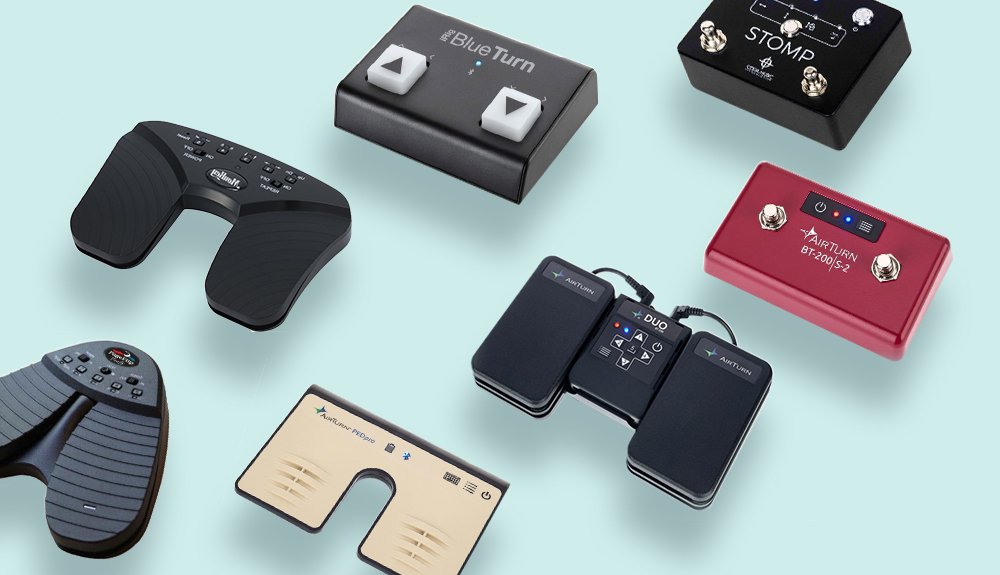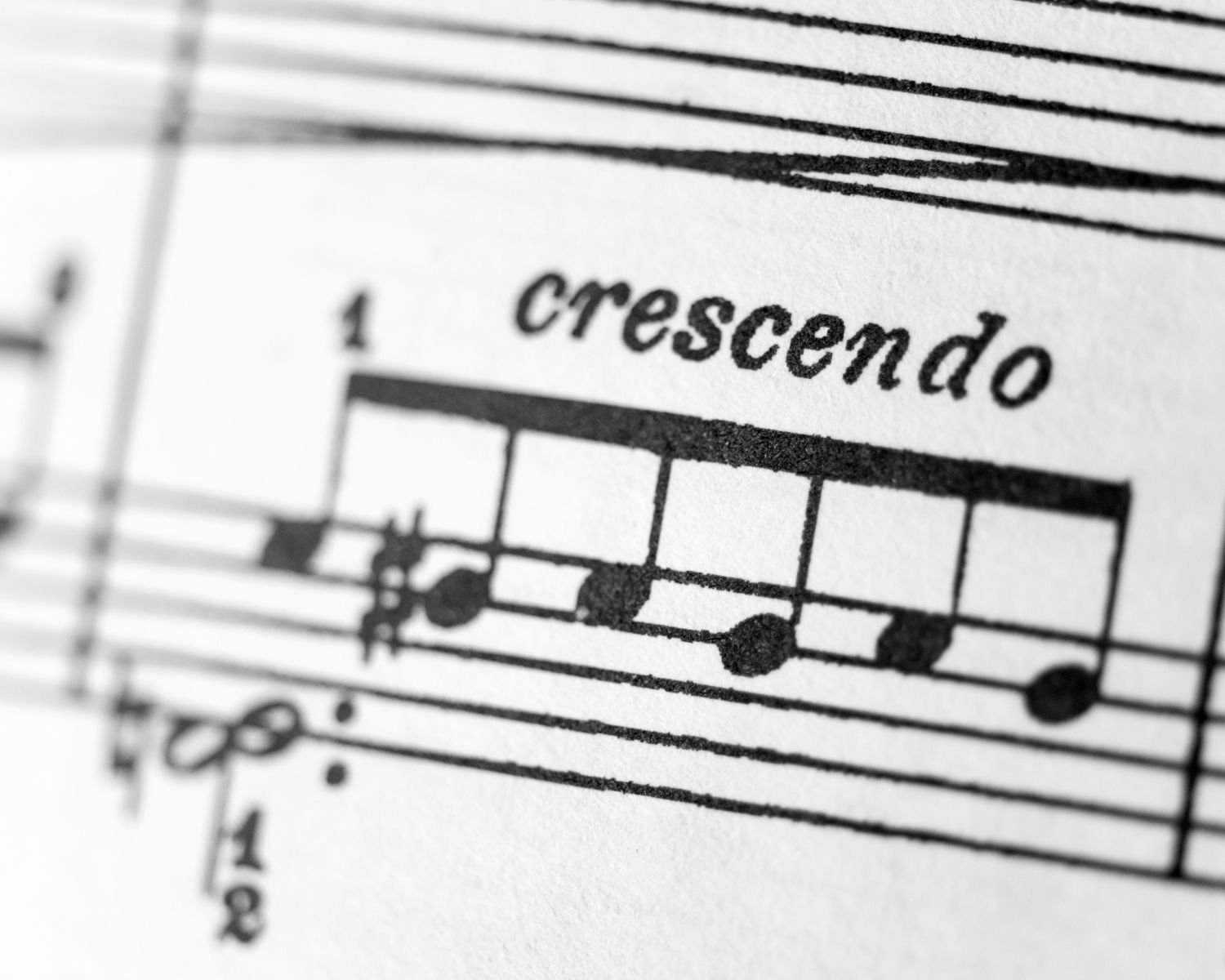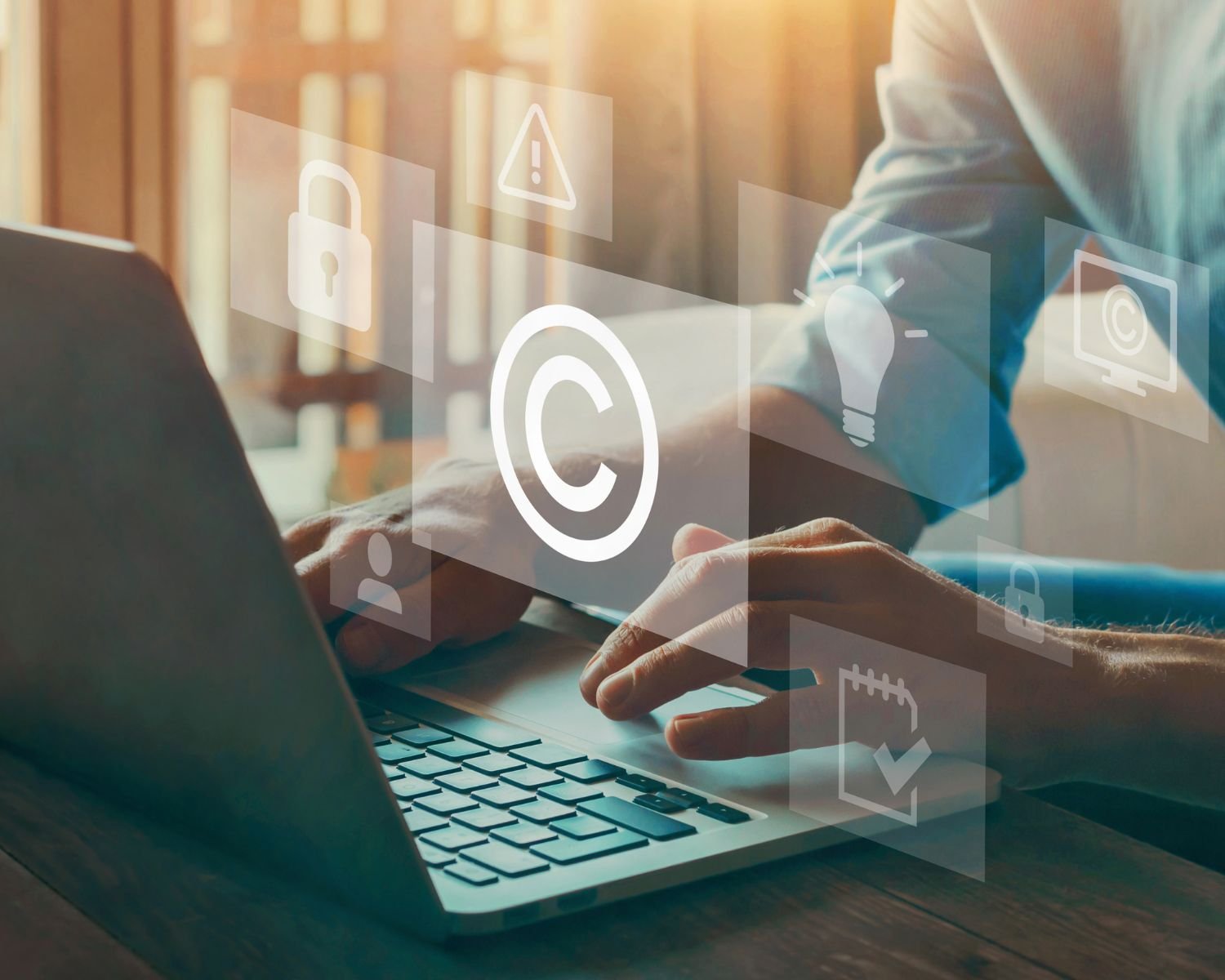Newzik buying guide: which iPad to choose?
Congratulations! If you're reading this, it's probably because you're finally thinking of taking the plunge and switching from paper to digital sheet music. We're very excited for you, and we're convinced you won't regret it!
Now is the time to get the equipment that will transform the way you organize, read and annotate your scores. You'll probably be entrusting your new device with your entire music library and the results of hours of hard work, and if you're taking it on stage, you'll need to put all your trust in it. For these reasons, it's crucial to make the right choice and get the best equipment for your needs.
In this article, we'll help you make your decision by presenting the main iPad models and their features, and showing why some are better than others for reading digital scores.
What are the main factors to consider when choosing an iPad for sheet music playback?
The main feature to consider is obviously the screen size. To read music comfortably, the bigger the screen, the better. This is even more important for pianists and organists, for conductors and for anyone using scores with more than one staff per system.
Another important factor to consider is screen resolution, which will determine reading comfort. If you travel a lot, or if you're a singer who needs to hold his music while he plays, the weight of the device should also count. Depending on the size of your digital sheet music library,storage space can also be a deal-breaker, and if you also plan to use your iPad for other applications such as music production software, overall performance needs to be considered.
Choosing a device with long battery life is of course crucial for artists, as is compatibility with digital styli such as the Apple Pencil for musicians, librarians and stage managers who need to annotate their scores.
Price will of course be a factor too - more important for some than others, such is the way of the world. The price range for iPads is pretty wide, with the 12.9" iPads Pro, the largest screen size available, being the most expensive.
1. iPad Pro 12.9" (6th generation) - from €1469 to €2849
Technical data
Screen size: 12.9 inches (280.6 x 214.9 x 5.9mm)
Liquid Retina XDR display
Weight: between 641g and 643g (1.41 lbs)
Storage: 128GB to 2TB
Autonomy: up to 10 hours
Apple Stylus compatibility: Apple Pencil 2nd generation
Apple M2 chip
The iPad Pro 12.9" is the best tablet for sheet music, period. Sitting at the top of Apple's scale iPad range, it's a very powerful machine designed for professionals, and since their launch in 2015, we've been using it consistently at Newzik in our work with musical ensembles. For anyone who regularly uses sheet music, using an iPad Pro 12.9' will change your life, as you'll have all the benefits of paper without any of its drawbacks, plus all the advantages of digital sheet music.
The only problem with this one is the price, which can be a bit scary. However, if you're prepared to make this investment, we assure you that you won't regret it: as a musician using sheet music, this is the best you can do.
2. iPad Pro 11" (3rd generation) - from €899 to €2279
Technical data
Screen size: 11 inches (247.6 x 178.5 x 5.9mm)
Weight: between 466 g and 468 g (1.04 lbs)
Storage: 128GB to 2TB
Autonomy: up to 10 hours
Apple Stylus compatibility: Apple Pencil 2nd generation
Apple M1 chip
The 11" iPad Pro is more or less the same as the 12.9". The chip is the same, so the device is just as powerful. The only difference, you guessed it, is size (and weight, of course). It's still a very good investment, because even though it's smaller than A4, you'll still feel comfortable reading and working on this iPad. The real advantage is that this version is more affordable than the iPad Pro 12.9', while still being a very powerful device and big enough to read sheet music.
If you want to invest in an Apple tablet and go digital, but the 12.9" version is too expensive for you, this is also an excellent investment to make.
3. iPad Air (5th generation) - From €789 to €1189
Technical data
Screen size: 10.9 inches (247.6 x 178.5 x 6.1 mm)
Weight: 460 g to 461 g (1.02 lbs)
Storage: 64GB to 256GB
Autonomy: up to 10 hours
Apple Stylus compatibility: Apple Pencil 2nd generation
Apple M1 chip
The big news from this year's Apple conference is the release of the next-generation iPad Air. The 5th-generation iPad Air is a blend of the iPad Pro and the previous iPad Air (3rd generation).
Its M1 chip is the same as on the iPad Pro (3rd generation). It is incredibly powerful compared to previous versions. Essentially, this means that the new iPad Air is one of the most powerful devices on the market. It's also compatible with the 2nd-generation Apple Pencil, which will be your best friend for annotating sheet music.
It's a very good device, but it does have a few drawbacks compared to the 12.9-inch iPad Pro. First of all, it's smaller. However, just like the 11-inch iPad Pro, even though it's smaller than A4, you can still read and work on your tunes easily on this device. On the other hand, the device is a little lighter and easier to carry. The other difference is the storage capacity, which is smaller than that of the iPad Pro.
However, digital scores don't usually consume too much storage capacity: with 64 GB, you can store around two million PDF pages! The resolution is also a little lower than that of the iPad Pro, but that won't stop you playing your music very comfortably. It has to be said that this all-new iPad Air is pretty amazing. The only thing that makes it not as good as the 12.9-inch iPad Pro is its size. But what's great is its price: the device is almost as good as the iPad Pro, but cheaper!
The best part is that with the release of this powerful, less expensive device, the prices of other iPads will drop on the second-hand market.
It's the best compromise of power and capabilities for a price under 1,000 euros.
4. iPad (10th generation) - From €589 to €989
Technical data
Screen size: 10.9 inches (248.6 x 179.1 x 7 mm)
Weight: between 477 and 481g (1.07 lbs)
Storage: 64GB to 256GB
Autonomy: up to 10 hours
Apple Styli compatibility: 1st generation Apple Pencil and Magic Keyboard Folio
A14 Bionic chip
This latest device is well below the other three. It's not much less powerful: the A14 Bionic chip is the same as the one found in the iPhone 12. Its performance is still very high for a portable device, but it can't compare with that of the iPad Air or iPad Pro.
More importantly, the screen is quite small. At this stage, it begins to be difficult to read sheet music. The real advantage of this device is its price. If you're on a tight budget, it may still be a worthwhile investment, because with a digital score manager like Newzik, you'll still be able to centralize, organize and annotate your tunes, but you'll probably have to export and print them out in order to be comfortable reading the music on stage. However, if you're a jazz musician, you can absolutely read and work on your grids on this device, as they remain readable even on a smaller device.
Nevertheless, if you're ready to invest a little more in a device, we strongly advise you to choose a better one that you can buy second-hand at a lower price.
Lifespan of an Apple device
In general, Apple provides 6-year support for its devices. This means that, in most cases, your device's operating system will no longer be updated after six years, but that doesn't mean you won't be able to use your device after six years! iPads are notoriously tough.
What's great is that this also means you don't have to buy new to get a working device. Buy used, or even better, reconditioned! What's more, with the release of new devices, we can expect prices for used and refurbished iPads to drop, especially as the new iPad Air is almost as powerful as the iPad Pro.
Below you will find the average price of the four iPads we talked about on eBay or on Backmarket.
Occasion :
iPad Pro: between 500 and 800 euros depending on version
iPad Air (before 2020) : Between 400 and 600 euros depending on version
iPad (before 2020) : Between €150 and €400 depending on version
Reconditioned :
iPad Pro: between €700 and €1,000 depending on version
iPad Air (before 2020): between €200 and €500 depending on version
iPad (pre-2020): between 200 and 500 euros depending on version
And what are you waiting for to turn the page on paper scores?




